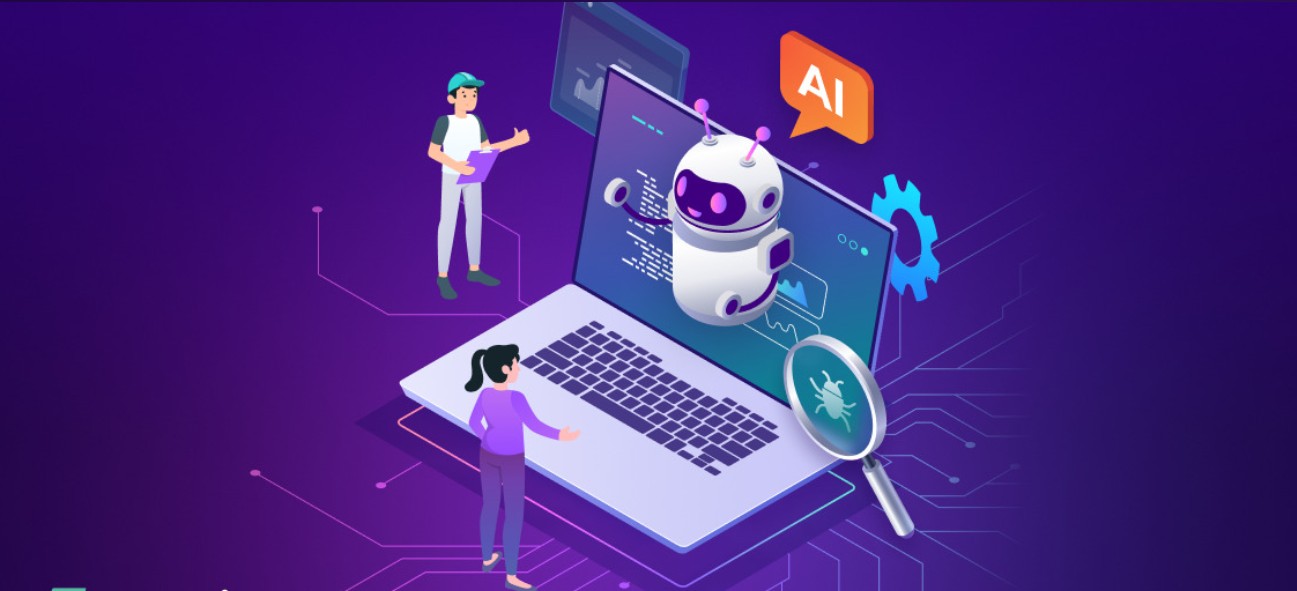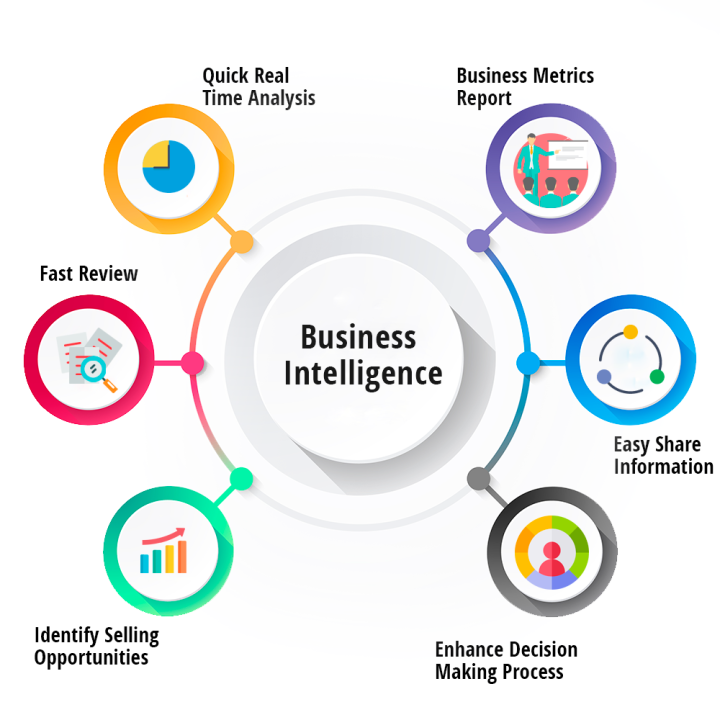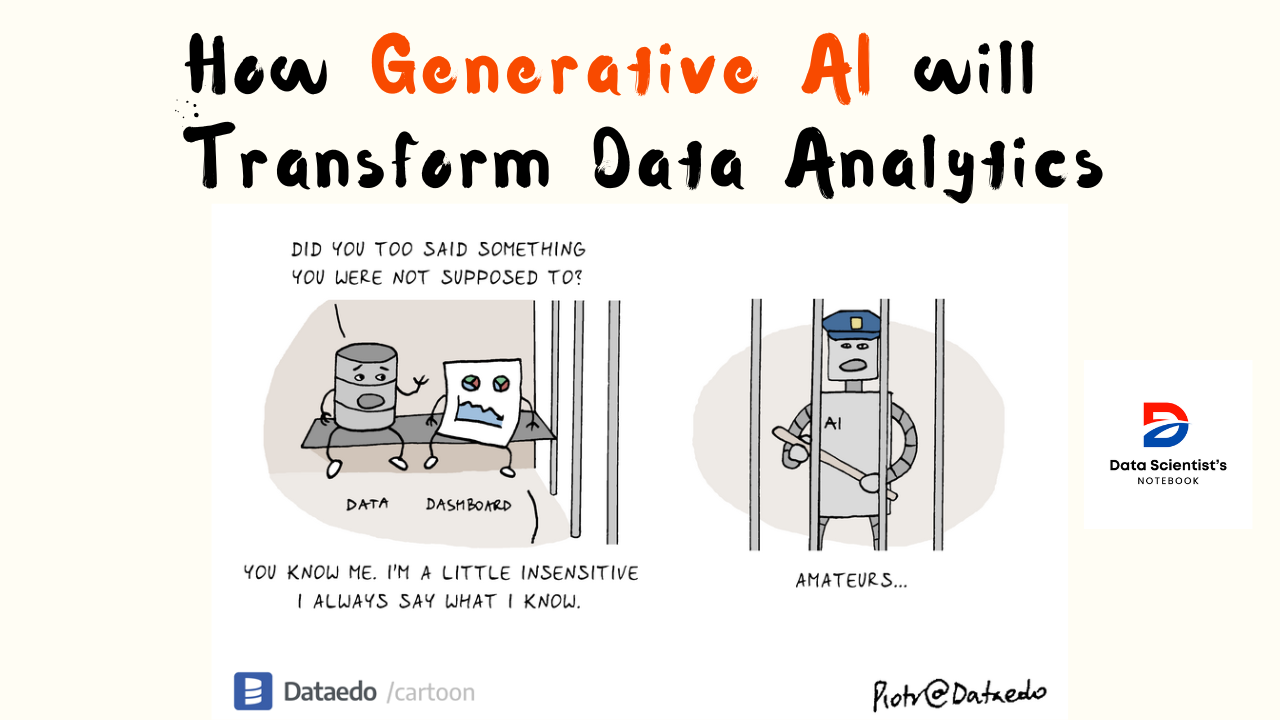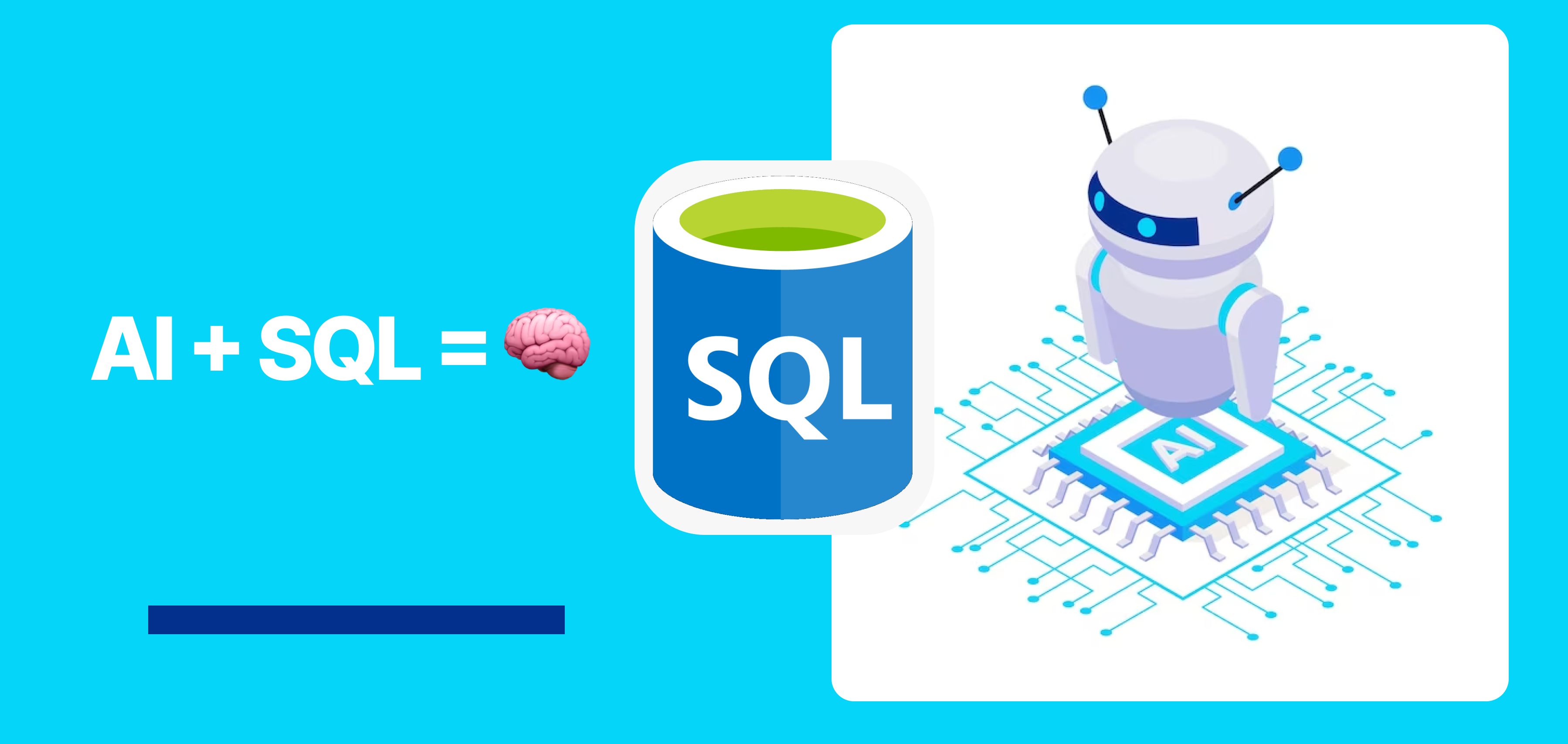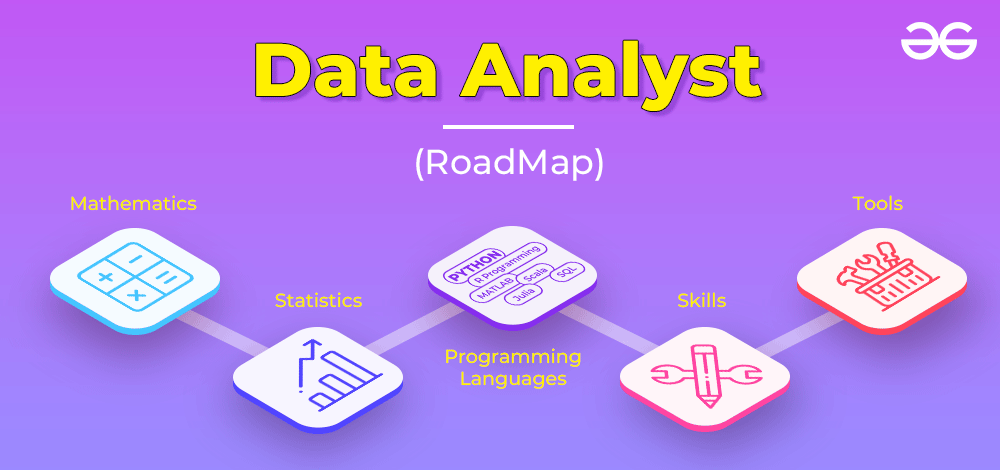AI-Driven Test Automation: Benefits and Challenges
- May 02, 2025
- Software Test Automation
- Automation testing AI Software testing
- 2 min
- 467 Views
Benefits of AI-Driven Test Automation
 Faster Test Execution
Faster Test Execution
-
AI enables smarter and more efficient execution of test cases, reducing the overall time needed to complete tests.
 Enhanced Test Coverage
Enhanced Test Coverage
-
AI can automatically generate test cases based on usage patterns and code analysis, ensuring broader test coverage.
-
 Smarter Test Prioritization
Smarter Test Prioritization
-
AI can analyze previous test execution results and predict which tests are most likely to fail based on code changes or past failures.
 Reduced Human Intervention
Reduced Human Intervention
-
AI reduces the need for manual effort in test script creation, execution, and analysis. With AI automating repetitive tasks, QA teams can focus on more complex scenarios, exploratory testing, and quality strategy development.
-
 Improved Test Maintenance
Improved Test Maintenance
-
AI can automatically detect changes in the application and update test scripts accordingly, minimizing the effort required to keep tests up to date with evolving codebases and UIs.
Challenges of AI-Driven Test Automation
 Faster Test Execution
Faster Test Execution
-
AI enables smarter and more efficient execution of test cases, reducing the overall time needed to complete tests.
 Enhanced Test Coverage
Enhanced Test Coverage
-
AI can automatically generate test cases based on usage patterns and code analysis, ensuring broader test coverage.
 Smarter Test Prioritization
Smarter Test Prioritization
-
AI can analyze previous test execution results and predict which tests are most likely to fail based on code changes or past failures.
 Reduced Human Intervention
Reduced Human Intervention
-
AI reduces the need for manual effort in test script creation, execution, and analysis. With AI automating repetitive tasks, QA teams can focus on more complex scenarios, exploratory testing, and quality strategy development.
 Improved Test Maintenance
Improved Test Maintenance
-
AI can automatically detect changes in the application and update test scripts accordingly, minimizing the effort required to keep tests up to date with evolving codebases and UIs.
-
High Initial Setup Cost
-
Implementing AI-driven test automation requires an upfront investment in AI tools, infrastructure, and training.
-
-
Complexity in Training AI Models
-
AI models need to be trained on large sets of data to work effectively. This training process can be complex, time-consuming, and requires substantial expertise in AI and machine learning.
-
-
Data security
-
AI-driven test automation heavily relies on quality data. its a high risk of exposing financial level data.
-
-
Challenges with Test Environment Variability
-
AI might struggle with managing tests in diverse environments, especially when dealing with dynamic or constantly changing web applications. Ensuring that AI can handle these variables without breaking test scripts can be a challenge.
-
-
Difficulty in Adapting to Complex Applications
-
While AI can handle many common test cases, more complex applications (e.g., those with intricate business logic or advanced user interactions) may require a more nuanced approach, and AI might not always recognize the full context.
-
-
Potential for Overfitting
-
If AI models are not properly trained, there’s a risk they could overfit to past patterns or certain data sets, leading to inaccurate predictions and test results. Overfitting can make the system less adaptive to new or unexpected changes in the application.
-
-
Lack of AI Expertise
-
Integrating AI into test automation often requires specialized knowledge in machine learning, AI algorithms, and data science. Companies without this expertise may face difficulties in effectively implementing and managing AI-driven automation.
-
-
Lack of Transparency in AI Decisions
-
AI’s decision-making process, especially with complex machine learning algorithms, can be opaque. This "black-box" nature makes it difficult for testers to understand why certain decisions or predictions are made, which can reduce trust in the AI system.
-
-
Potential for Job Displacement
-
While AI can automate many testing tasks, there may be concerns about job displacement among manual testers.
-
